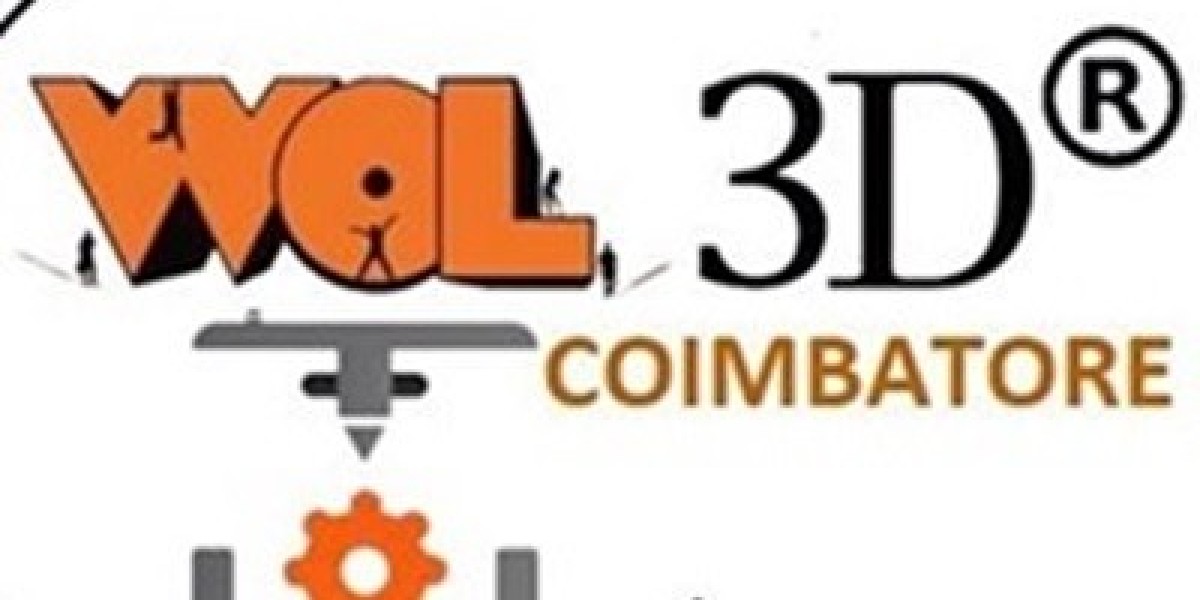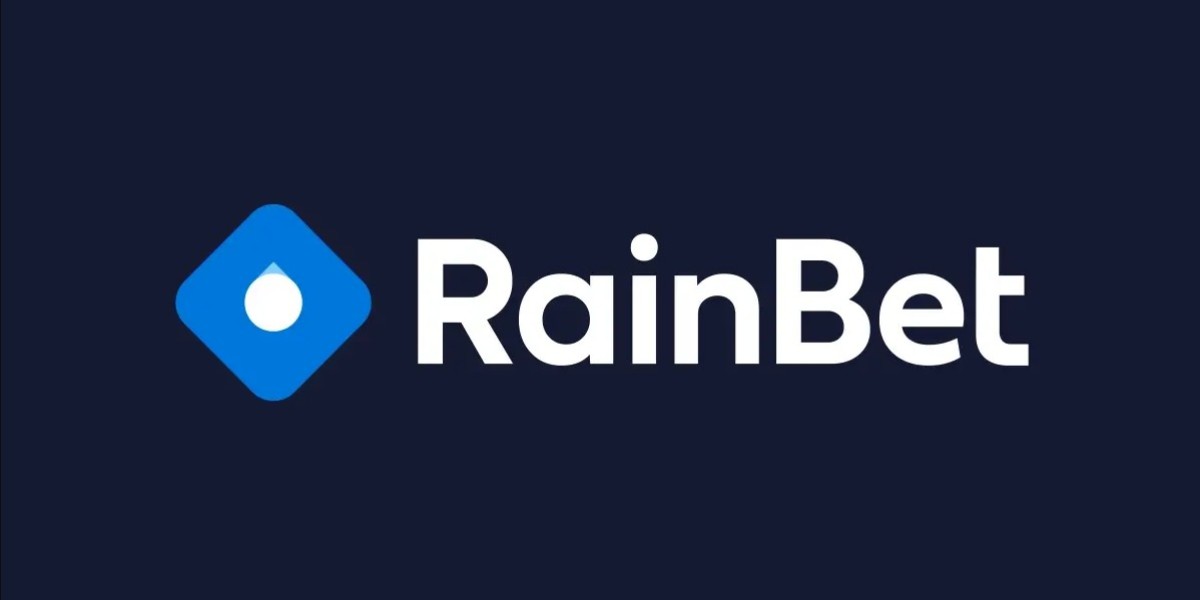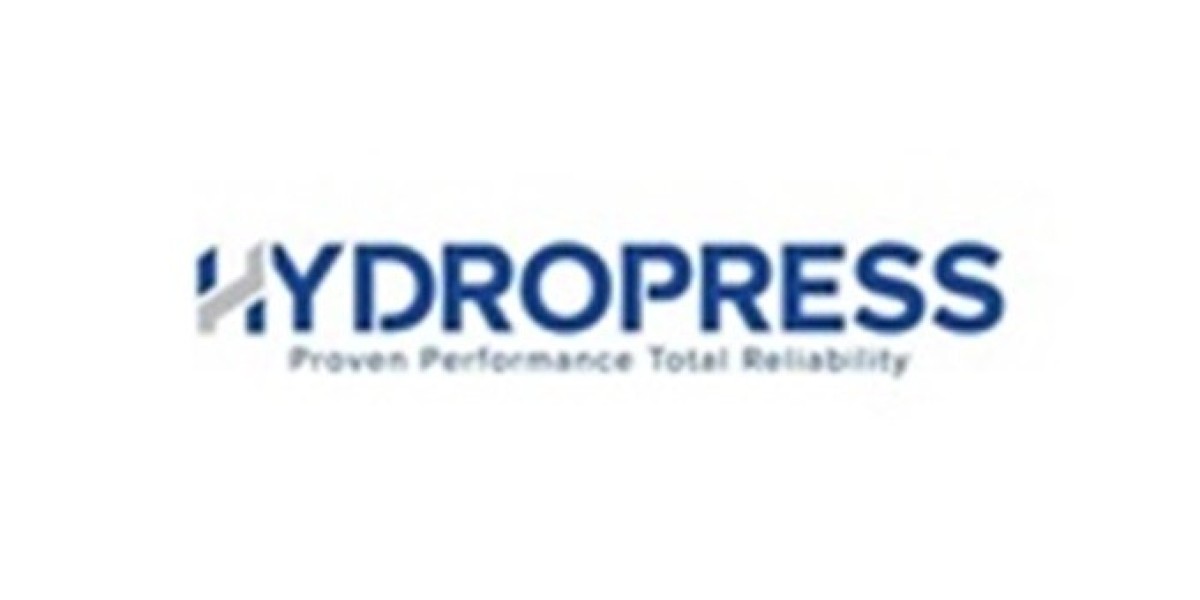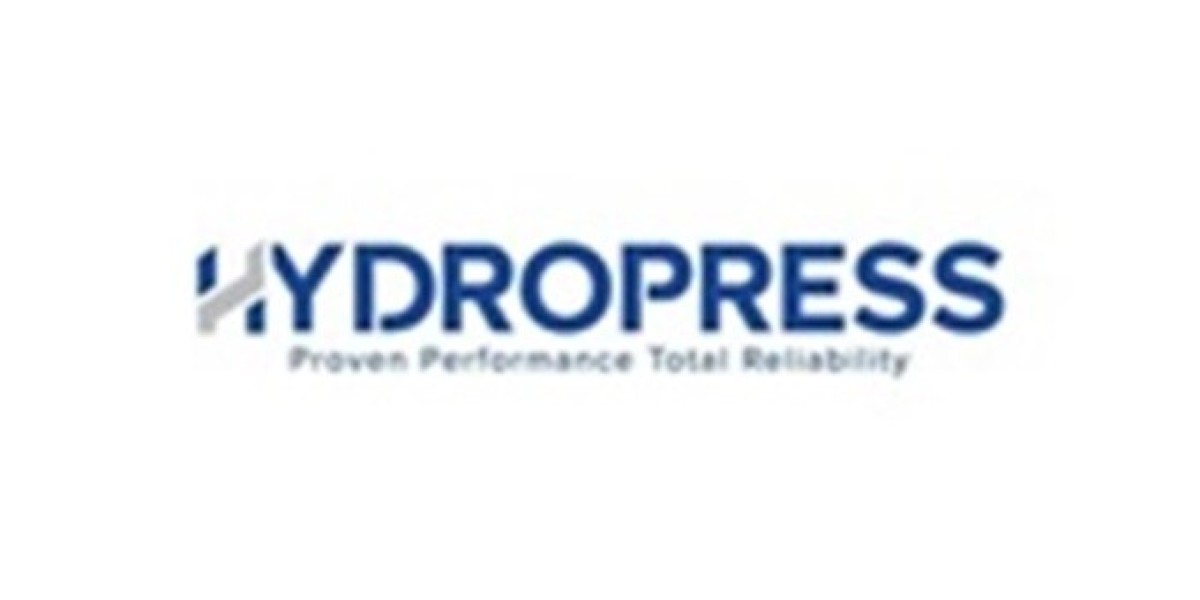Chemical suppliers are actively adapting to evolving regulatory changes to ensure compliance with global standards such as REACH in Europe and TSCA in the United States. Here’s how they are responding to these regulatory shifts:
1. Enhancing Compliance Programs
chemical suppliers are developing robust compliance programs to navigate the complex regulatory landscape. These programs include:
- Risk Assessment: Identifying and evaluating potential regulatory risks associated with chemical handling, storage, and disposal.
- Policy Framework: Establishing clear policies that outline roles, responsibilities, and procedures to ensure compliance.
- Training and Awareness: Providing regular training for employees to ensure they understand compliance obligations and can identify potential risks.
2. Staying Updated with Regulatory Changes
Suppliers are investing in dedicated teams and digital tools to monitor regulatory updates and ensure ongoing compliance. For example:
- The European Chemicals Agency (ECHA) has set enforcement priorities for 2025, focusing on imports, online sales, and classification and labeling requirements for mixtures, including biocides.
- The EU’s updated CLP Regulation now requires hazard classification for endocrine disruptors and substances with persistent, bioaccumulative, and mobile (PBM) properties by May 1, 2025.
- In the U.S., the Toxic Substances Control Act (TSCA) now requires companies to report information on PFAS or PFAS-containing products manufactured or imported between 2011 and 2022, with reporting starting on July 11, 2025.
3. Addressing Specific Regulatory Challenges
Chemical suppliers are taking proactive measures to address specific regulatory challenges:
- PFAS Restrictions: Suppliers are reformulating products and finding alternative materials to comply with restrictions on PFAS (per- and polyfluoroalkyl substances) under both REACH and TSCA.
- REACH Compliance: Suppliers are preparing for the pre-registration process under Ukraine’s REACH regulation, which takes effect on January 26, 2025.
- GHS Implementation: Suppliers are ensuring compliance with the Globally Harmonized System (GHS) for classification and labeling of chemicals, which is mandatory in many countries, including the EU, U.S., and China.
4. Leveraging Technology for Compliance
Suppliers are leveraging digital tools and software to streamline compliance processes and ensure data integrity. For example:
- Compliance management software is used to monitor regulatory changes, manage documentation, and conduct regular audits.
- Digital platforms help suppliers track their products throughout the supply chain, ensuring they meet stringent safety standards.
5. Building Resilient Supply Chains
To mitigate risks associated with regulatory changes, chemical suppliers are:
- Diversifying Supplier Networks: Engaging with multiple suppliers to reduce dependency on single sources and minimize disruptions.
- Conducting Regular Audits: Identifying potential compliance gaps through regular audits and implementing corrective actions.
- Enhancing Supply Chain Visibility: Implementing tools to track products and ensure they meet regulatory requirements.
Conclusion
Chemical suppliers are responding to evolving regulatory changes by enhancing their compliance programs, staying updated with regulatory shifts, addressing specific challenges like PFAS restrictions, leveraging technology, and building resilient supply chains. These strategies not only ensure compliance with regulations like REACH and TSCA but also help suppliers maintain a competitive edge in the global market.








